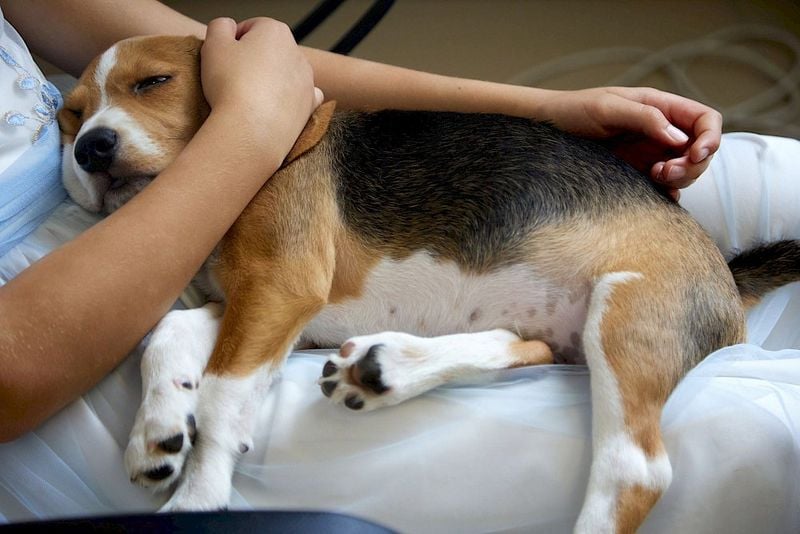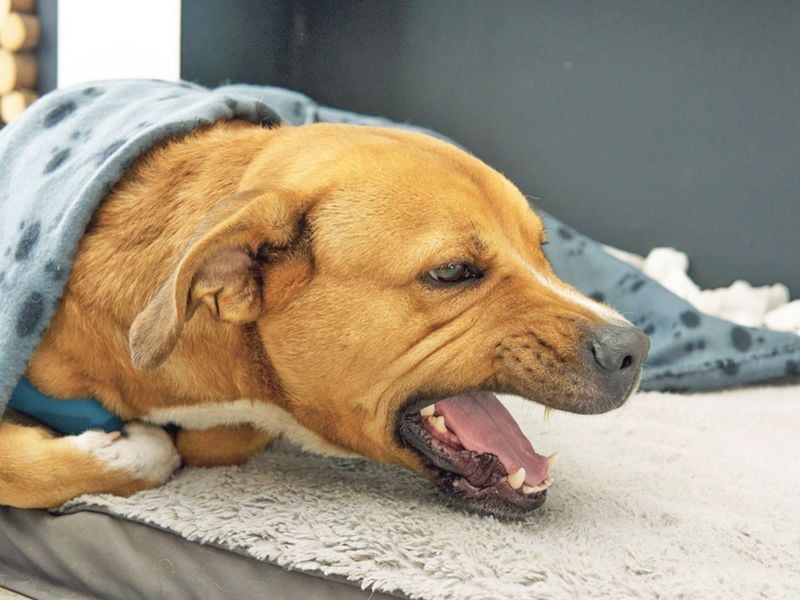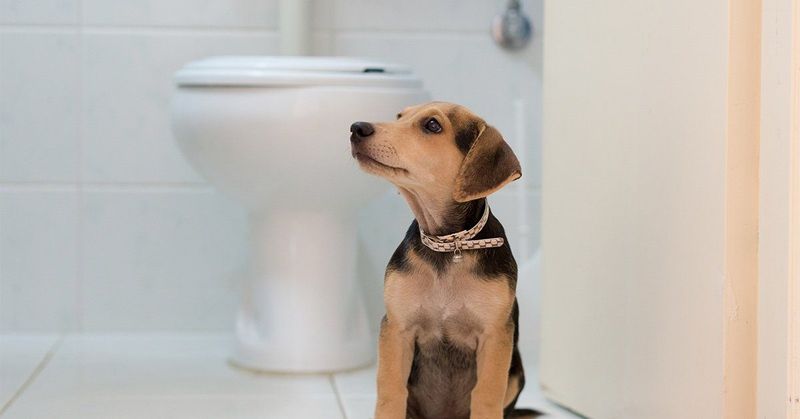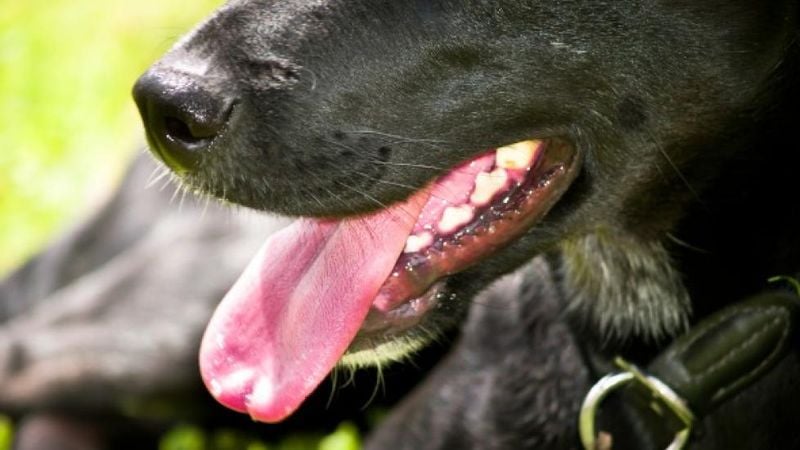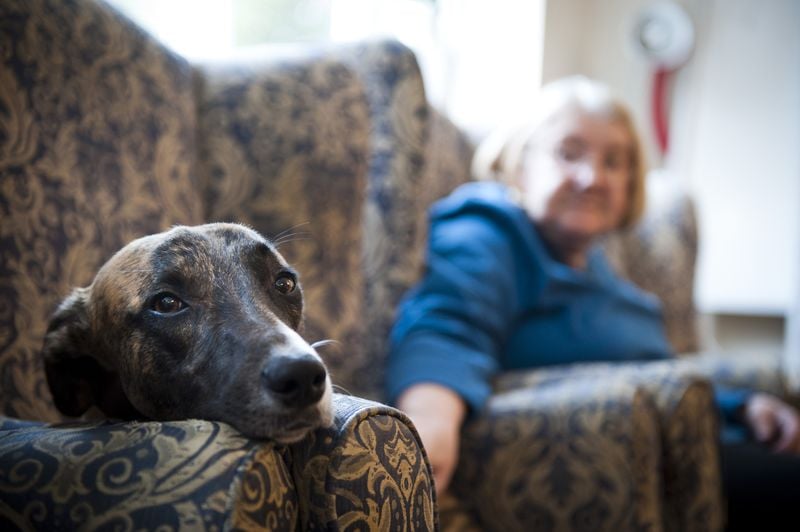11 Early Signs of Cancer Every Dog Owner Should Know
Cancer is one of the leading causes of death in dogs, and it often creeps in quietly, showing only vague signs in the beginning.
That’s why knowing what to look for can make all the difference. Early detection gives your dog a much better chance of successful treatment, and in many cases, it can add precious months—or even years—to their life.
As a pet parent, you know your dog better than anyone. When something feels “off,” it’s worth paying attention. From sudden weight loss to small behavioral shifts, the signs of cancer aren’t always dramatic—but they’re important.
Below are 11 subtle yet significant red flags that every dog owner should be familiar with. They may not always point to cancer, but spotting them early could be lifesaving.
1. Unexplained Weight Loss
Max’s bowl is still full, yet his frame is noticeably slimmer. When a dog’s weight drops without any change in diet or exercise, it’s a red flag.
Such changes can whisper of underlying tumors or systemic issues that might not be visible yet. This is true even if they’re still gobbling up their meals with gusto.
A sudden shift in weight can be a silent cry for help. It’s like their body is fighting a battle without waving a flag. A once-robust dog can start looking fragile and worn.
Weight loss without explanation deserves a vet’s attention. It’s crucial to monitor these changes and seek guidance if your furry friend starts losing weight unexpectedly. Your dog’s silence could speak volumes.
2. Lumps and Bumps That Grow or Change
Imagine petting your dog and finding a new bump that wasn’t there last week. Lumps and bumps can be benign, but when they start growing or changing in texture, they might be waving a caution flag.
Not every bump is a villain, but some can be sneaky.
The changes could signify a shift from harmless to hazardous. When a lump alters in size or shape, it becomes a puzzle piece in the cancer jigsaw.
Always consult with a vet when you notice these changes. It’s a way of ensuring that your dog’s health isn’t being compromised by silent intruders. Keeping track of these growths can prevent them from becoming unmanageable.
3. Persistent Lethargy
Rex used to be the life of the party, always ready for a game of fetch. Now, even his favorite ball fails to ignite that spark in his eyes. Lethargy in dogs can sometimes be mistaken for laziness, but it’s often more than meets the eye.
When a dog loses interest in activities they once loved, it may indicate something’s not quite right. Their energy levels might have taken a hit from an internal struggle.
A visit to the vet can help decode this mystery. Don’t dismiss lethargy as a passing phase; it could be your dog’s silent plea for help. Paying attention to such behavioral changes can be pivotal.
4. Loss of Appetite
Food used to be a highlight of Bella’s day, but now she snubs her meals. When a dog that usually eats with enthusiasm starts ignoring their food, it’s time to pay attention. Appetite loss can be linked to various health issues, including cancer.
It’s a sign that something might be brewing beneath the surface. The absence of hunger can reflect a deeper malaise that needs addressing.
Keep an eye on how long this phase lasts. If a couple of days pass without improvement, a vet’s insight is invaluable.
Understanding the reason behind this change is crucial in ensuring your dog’s well-being. Catching it early can make all the difference.
5. Difficulty Breathing or Coughing
An unexpected cough or labored breathing can be unsettling. When your canine companion starts wheezing or coughing persistently, it might indicate more than just a cold. These symptoms can suggest tumors in the lungs or chest cavity.
Breathing difficulties shouldn’t be overlooked, as they can escalate quickly. It’s like a distress signal from your dog’s body, asking for immediate assistance.
If your pet is struggling to catch their breath, a vet visit is imperative. Prompt action can alleviate discomfort and identify any serious issues early on. Such vigilance can ensure your dog’s breathing is as easy as it should be.
6. Non-Healing Sores
Spotting a sore that just won’t heal can be concerning. Non-healing wounds on a dog can hint at underlying skin cancer or an immune system that’s under attack. It’s a visible sign that warrants attention.
While some sores are just stubborn, others are indicative of deeper issues. The inability to heal properly can be a red flag that shouldn’t be ignored.
Seeking veterinary advice is a step towards understanding the root cause. It’s essential to differentiate between a simple sore and something more sinister. Addressing these wounds early can prevent further complications.
7. Changes in Bathroom Habits
Rover’s bathroom habits have suddenly shifted, and it’s not just a quirky phase. Changes like blood in urine or stool, or sudden incontinence, can be signs pointing towards serious health issues like bladder, kidney, or intestinal cancers.
Such changes should raise your awareness. It’s more than just a mess; it’s a silent alarm calling for attention.
Observing these habits can provide vital clues about your dog’s internal health. A vet’s input can help decipher these signals and ensure your dog’s comfort and well-being. Don’t ignore the messages your dog’s body is trying to send; they matter.
8. Offensive Odors
Charlie used to have a pleasant puppy scent, but now there’s an unusual odor following him around. Offensive smells emanating from your dog’s mouth, ears, or skin can indicate tumors or other health problems.
Such odors are not just unpleasant; they’re clues that something might be wrong. When the usual grooming doesn’t help, it’s time to dig deeper.
Consulting a vet can uncover the reason behind these odors. It’s about recognizing these signs as more than just a need for a bath. Early detection can lead to better outcomes for your furry friend.
9. Swelling or Pain in Specific Areas
When your dog starts limping or showing tenderness in certain spots, it might be more than just a minor injury. Swelling or pain can point to underlying bone or soft tissue cancers.
These symptoms shouldn’t be brushed off as mere clumsiness. They might be clues to a bigger issue.
Acknowledging these signs and visiting a vet can help diagnose any problems early. It’s about listening to what your dog’s body is trying to communicate. Swift action can alleviate pain and improve quality of life.
10. Difficulty Eating or Swallowing
When eating becomes a challenge, it’s a signal that shouldn’t be ignored. If your dog hesitates with food, chews on one side, or drops food often, it might point to oral tumors.
These eating difficulties can make mealtime stressful for both you and your pet. It’s not just about the food; it’s about comfort and health.
A vet’s examination can reveal whether there’s an underlying issue. Addressing these signs early can prevent further discomfort and ensure your dog enjoys their meals again. It’s about ensuring every bite is taken with ease.
11. Behavioral Changes
Fido, once a bundle of joy, now seems withdrawn or irritable. Behavioral changes like sudden aggression, hiding, or reluctance to interact might reflect an underlying discomfort or illness, including cancer.
These shifts in behavior can be their way of communicating pain or unease. It’s a call for attention that shouldn’t be ignored.
Understanding these changes through a vet’s guidance can help address any underlying issues. It’s about recognizing that these behavioral signals are as important as physical ones. Taking action can restore harmony in your dog’s life.


